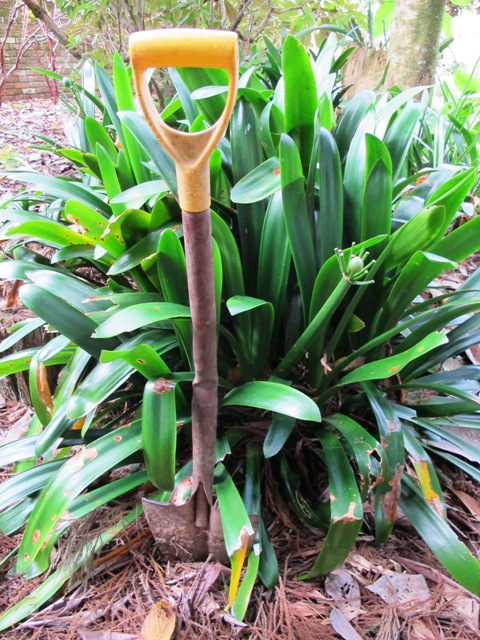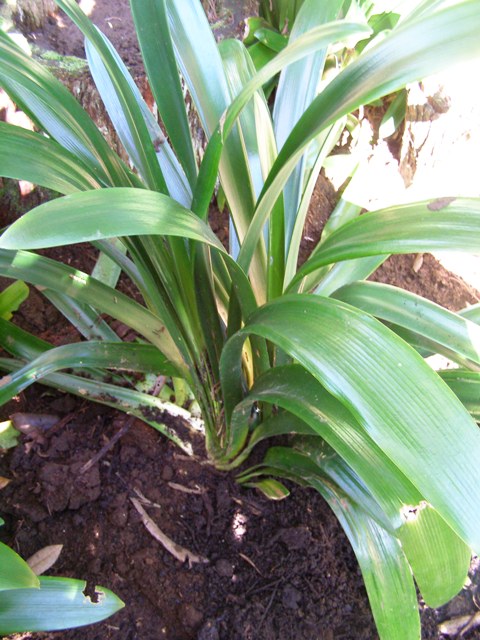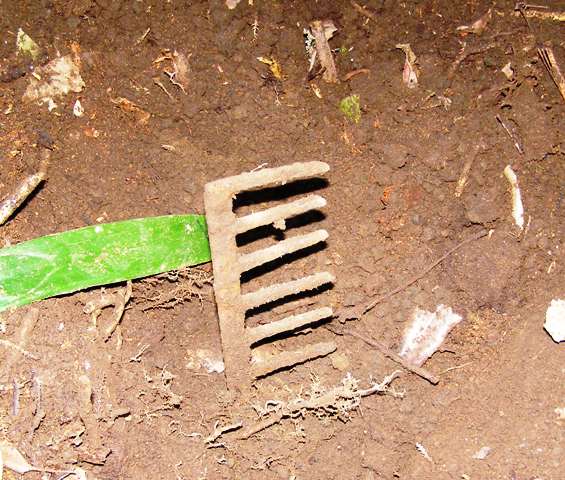 1) Clivias are wonderfully adaptable plants for mild climates. Their ability to thrive in hard conditions, even in relatively deep shade and with a regime of near total neglect makes them an obliging garden plant, once they are established. They don’t like frost but woodland conditions will protect them. The reason they are seen as expensive and choice is because they take years to reach a saleable grade, not that they are difficult. However, given time, clumps can get very large and yield many divisions for replanting.
1) Clivias are wonderfully adaptable plants for mild climates. Their ability to thrive in hard conditions, even in relatively deep shade and with a regime of near total neglect makes them an obliging garden plant, once they are established. They don’t like frost but woodland conditions will protect them. The reason they are seen as expensive and choice is because they take years to reach a saleable grade, not that they are difficult. However, given time, clumps can get very large and yield many divisions for replanting.
 2) It doesn’t seem to matter when you divide them, though it would probably pay to avoid dry mid-summer. Like most perennials, they respond well to lifting, dividing and being replanted in ground which has been freshly dug over. The clumps can be large and heavy but this one was small enough to get out as one. Get as much of the root system with it as you can.
2) It doesn’t seem to matter when you divide them, though it would probably pay to avoid dry mid-summer. Like most perennials, they respond well to lifting, dividing and being replanted in ground which has been freshly dug over. The clumps can be large and heavy but this one was small enough to get out as one. Get as much of the root system with it as you can.
 3) I hosed the clump so it was easier to see and to show what the base looks like, but this is not necessary. The fleshy base is easily cut with a garden knife or a spade. It is easier to control what you are doing with a knife and to make sure that each division has roots attached. If you try and pull them apart by hand, you are more likely to end up with a tuft of leaves and no base.
3) I hosed the clump so it was easier to see and to show what the base looks like, but this is not necessary. The fleshy base is easily cut with a garden knife or a spade. It is easier to control what you are doing with a knife and to make sure that each division has roots attached. If you try and pull them apart by hand, you are more likely to end up with a tuft of leaves and no base.
 4) It pays to reduce the volume of foliage – this reduces stress on the plant which has undergone considerable disturbance and root damage. I took off about half the leaves where the root systems looked small.
4) It pays to reduce the volume of foliage – this reduces stress on the plant which has undergone considerable disturbance and root damage. I took off about half the leaves where the root systems looked small.
 5) I dug over the area where the clump had been growing before replanting, incorporating the leaf litter that was lying around. Fertilise lightly if you wish and spread compost to enrich the soil and act as mulch.
5) I dug over the area where the clump had been growing before replanting, incorporating the leaf litter that was lying around. Fertilise lightly if you wish and spread compost to enrich the soil and act as mulch.
 6) In digging over, I found the missing rake head from many years ago when the area was first planted. It is a bit like trowels and secateurs in the compost heap but they usually reappear within the year (albeit in just as poor condition).
6) In digging over, I found the missing rake head from many years ago when the area was first planted. It is a bit like trowels and secateurs in the compost heap but they usually reappear within the year (albeit in just as poor condition).
Published in the Waikato Times and reprinted here with their permission.
